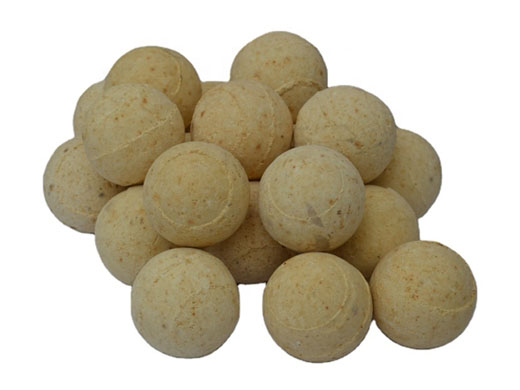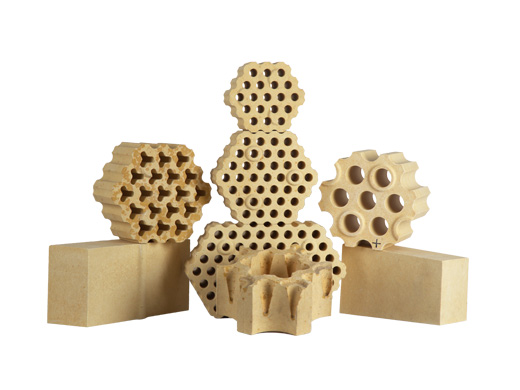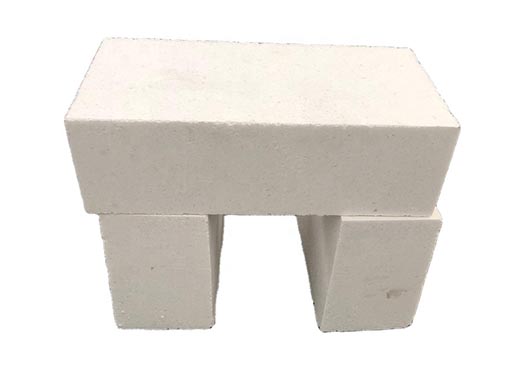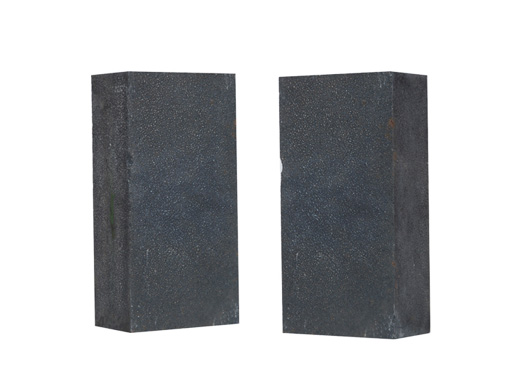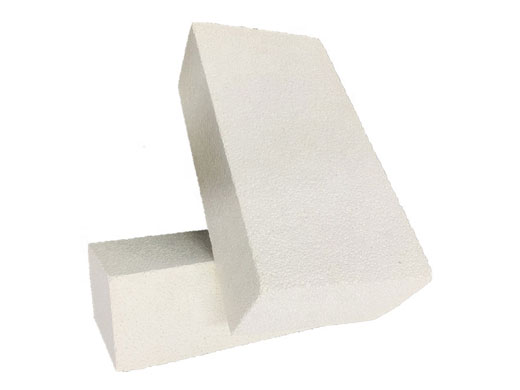Technical performance and technology of silica mullite bricks
Industry news | Refractory Wiki | Refractory news | Enterprise news |Technical performance and technology of silica mullite bricks
Silicon mullite bricks are characterized by high strength, wear resistance and good seismic stability, and have achieved good results in the use of rotary kilns. The service life of the firing zone and transition zone of cement rotary kilns is better than that of spinel bricks. It is the spinel brick that forms an erosion zone due to alkali erosion during use, causing cracks and spalling on the hot surface to accelerate damage. The siliceous mullite brick has a dense structure, stable mullite and SiC crystals, and a continuous dense layer of SiO2 formed on the brick surface, preventing the erosion of gases and melts. And SiC has high thermal conductivity, small thermal expansion coefficient, and good thermal shock resistance of products. These performance characteristics make the silica molybdenum bricks not easy to break and peel off, and because the thermal conductivity is lower than that of magnesia materials, the heating of the cylinder will not be too high, which not only ensures the normal operation of the rotary kiln cylinder, but also saves fuel.
Another feature of silica mullite bricks are that it will slightly expand during use, and the test result is about 0.45%, which is conducive to improving the close combination between the cylinder and the brick and between the brick and the brick, and has good volume stability. But pay attention to keep the thermal expansion joints in the masonry. Generally, every 0.6M-1M in the axial direction, that is, 3-5 ring bricks need to add 1 ring of 3mm cardboard, and radial brick rings need to add 3mm cardboard every 15 pieces.
In addition, the performance of silica silica mullite bricks are obviously better than that of anti-stripping high-alumina bricks and phosphate high-alumina bricks with better wear resistance, so various grades can be produced, which can be selected according to the cost-effectiveness, and used in different sections and belts. The range of use in kilns is constantly expanding.
The performance of silicon molybdenum brick comes from its process. First of all, it is necessary to choose special grade bauxite with AI2O3 higher than 80% as raw material. The silicon carbide should be pure and the Mohs hardness should be close to 9.5. The selection of silicon carbide should be very strict. Natural minerals are extremely rare. Most of the products use SiO2 and C to synthesize SiC in electric furnaces at high temperature. Different raw materials will produce quality differences. At present, in the production process of SiC, SiO2 in the raw materials comes from natural silica, and C is taken from coal coke and petroleum. Coke, according to our research results, the silicon carbide synthesized with petroleum coke and SiO2 has higher indicators in terms of hardness and wear resistance, and is suitable for use as silicon molybdenum bricks. The main crystalline phases of the fired bricks made from these raw materials are mullite, silicon carbide and corundum. These minerals have high hardness, which lays the foundation for dense and high-strength refractory products.
The raw material is the foundation, the ingredients should be finer, and the molding pressure plays a decisive role in the high strength and densification of the brick. Pressing with a press with a nominal pressure exceeding 600T, the bulk density and external dimensions of the bricks are strictly controlled. After the semi-finished product is qualified to be fired in the kiln. The production difficulty of silica mullite bricks is similar to that of second-class high alumina bricks. In order to achieve full crystallization of mullite to form a staggered network, higher firing temperature and sufficient holding time are essential. The maximum firing temperature of the fuel tunnel kiln can reach 1600 ℃, which is enough to ensure the firing requirements of the silicon molybdenum brick.
Newest
- 2023-07-31
Properties of silicon nitride and its application in refract···...
- 2023-07-31
Properties of silicon nitride and its application in refract···...
- 2023-07-31
Properties of silicon nitride and its application in refract···...
- 2023-07-31
Properties of silicon nitride and its application in refract···...
- 2023-07-31
To explore the application of magnesia carbon brick in refra···...
Solution
- 2022-11-22
The technical requirements and production processes of fused···...
- 2022-09-06
Price Determinants of high alumina fire bricks...
- 2022-08-30
Technical performance and technology of silica mullite brick···...
- 2022-08-27
Refractory materials in various parts of the furnace and pre···...
- 2022-08-23
Magnesite chrome brick composition process classification...
